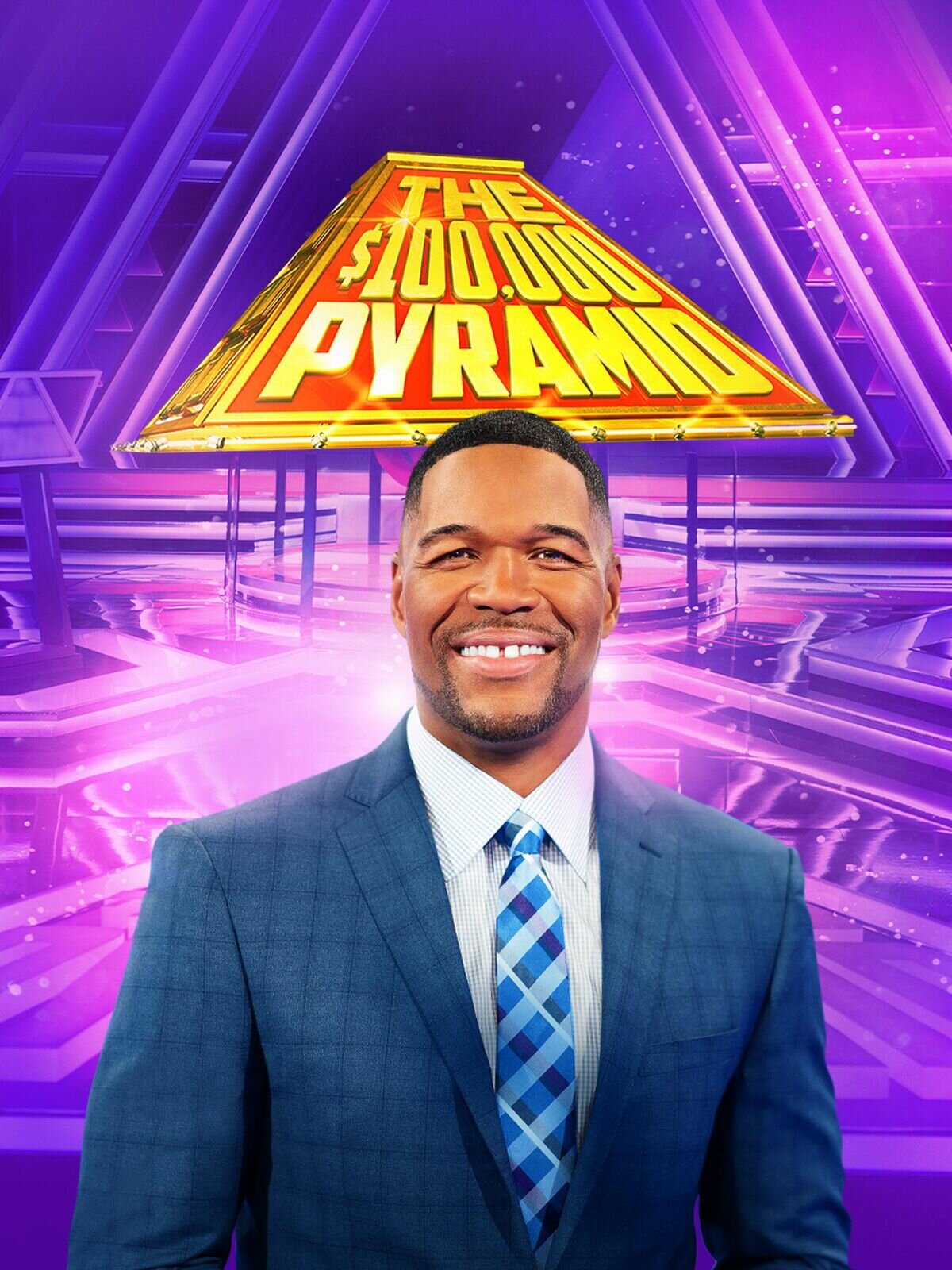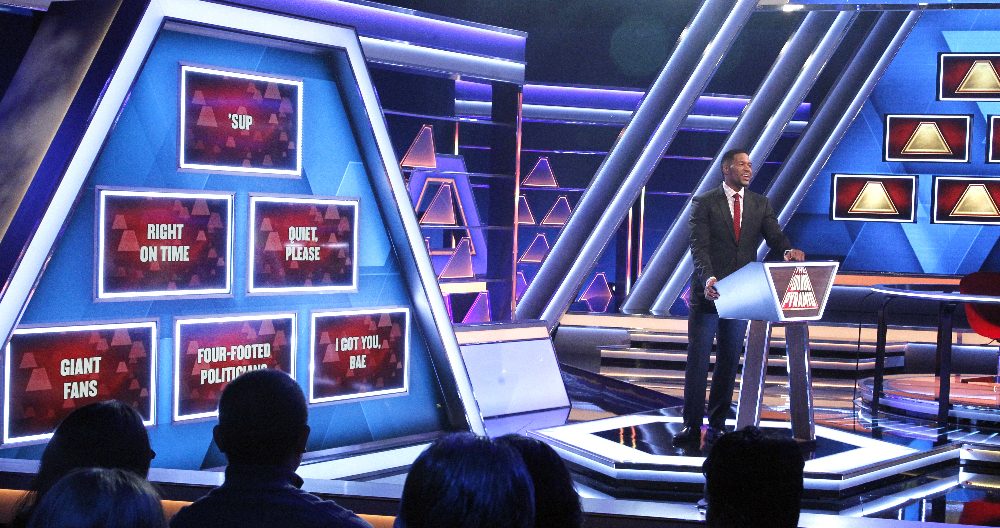
An extremely faithful revival of the classic word game.
Review: The $100,000 Pyramid
It's 2016 and Pyramid feels like it never left the airwaves.
I thought this was going to be a really hard review to write, mostly because I am a huge fan of the Pyramid. When I was younger, I watched the show every day in reruns on USA and later GSN. I studied Dick Clark’s gentle, humorous hosting manner. I noted the celebrities and the players’ banter and more importantly gameplay. I soaked in the way the lucky few who made it to the top of the Winner’s Circle thought and conveyed their thoughts into cohesive and concise clues. The show was a true classic.
Then John Davidson hosted it, and it wasn’t that great. And then it was revived with Donny Osmond and the structure changed a bit, and it was even worse. And then it was revived with Mike Richards and the structure of the show tried to correct itself but changed some weird stuff like payouts and it wasn’t much better.
So when I heard that Pyramid was getting renewed again, I was hesitant. Then I heard Michael Strahan was hosting. Again, trepidatious.
Then I watched the damn thing.
This show hits every. Single. Note. The camera angles, the trilons, the theme music. It’s completely on point.
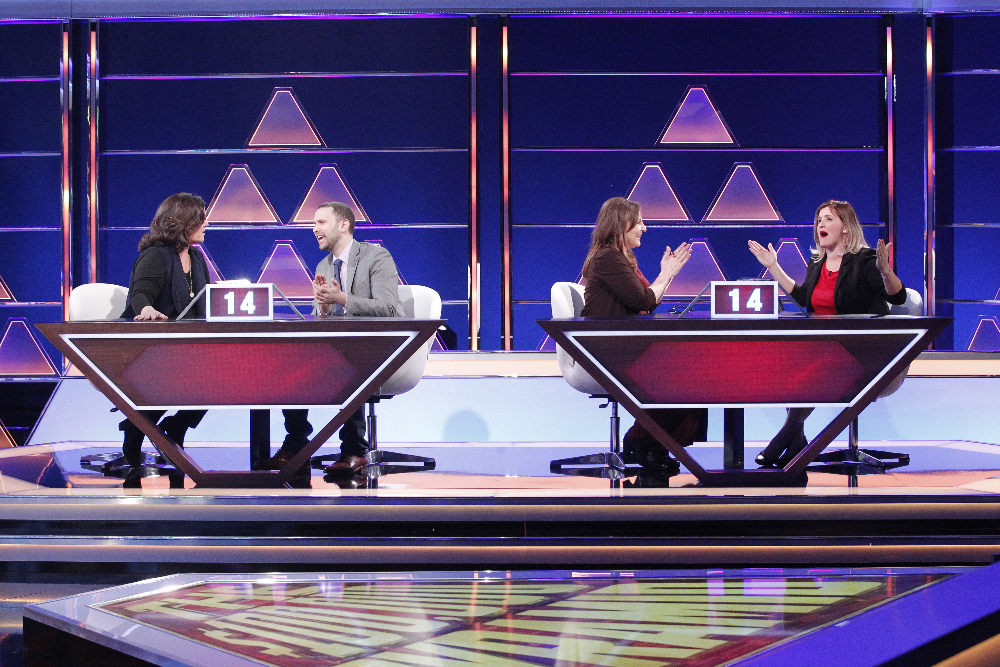
What made the original Pyramid so great? It was the game. A celebrity and a civilian, two different people in almost every way, trying to create a mental link through clues. It’s a fascinating dynamic to just unpack and think about and is even more fascinating to watch. And by the time the $100,000 Pyramid with Dick Clark hit the airwaves, Bob Stewart and company had perfected the game to a fine point. The game’s solid format, lightning-fast (but as Donny’s Pyramid proves, not too fast) gameplay and suspense galore was a formula for success.
And while To Tell The Truth, ABC’s first attempt this summer to revive a game show classic, took all the game show tropes of the past five years then shoved the idea of the panel show around it, the team at Pyramid paid attention to its source material and did just enough to make sure the game looked and felt like it belonged in 2016, without sacrificing what makes the show worthy of the Pyramid name.
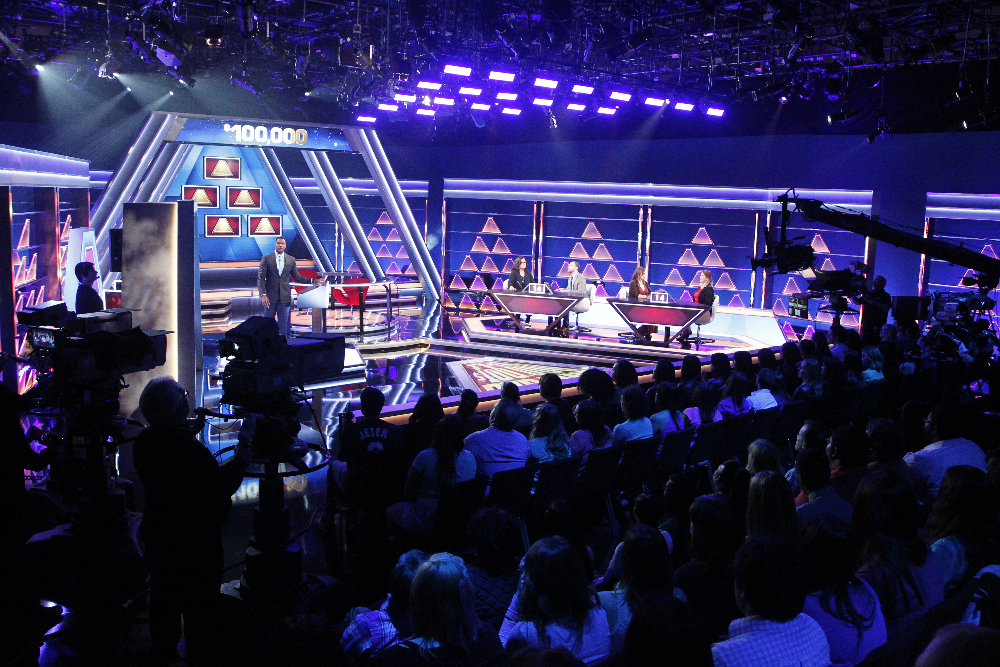
The set is an excellent modernization of the Pyramid we know and love. In fact, the set is so similar to the previous set in terms of layouts that the camera angles are identical to the original show. New reaction shots and side angles of the contestants are sometimes interspersed in the middle of a 30-second round, but they’re a welcome edition to the proceedings. Paying homage to the original show while modernizing the set, the front of the contestant tables are monitors, showing the team’s score and the word in play without needing a lower-third superimposed graphic.
In a surprising set design choice, the game board and the Winner’s Circle have three-sided monitor-trilons. As the old Pyramid board had three-sides boxes that flipped around to reveal categories and Mystery 7s, the new Pyramid board does the same thing, but with beautiful HD monitors instead of plastic graphic plates. It’s something I’ve never seen before and it shows an incredible amount of attention to detail that the production team has put into the show. The theme song is a very competent reworking of Bob Cobert’s classic theme. The heavy brass pulls itself into the forefront while more modern flourishes back up the instrumentation for a solid sound. The sound effects from the classic show are back in full force, with added musical beds that are tasteful and thematically appropriate.
Host Michael Strahan has had a few years behind various television deals in order to hone his presenter skills, and for being decidedly an out-of-left-field choice, he’s a solid host. His rapport with contestants and celebrities alike is charming, congratulating good performances and jokingly chiding not-so-good game play. He doesn’t try to hit each of Dick Clark’s hosting beats but he respects the position and the game and does his job well. The casting department did a great job of finding interesting civilian players who aren’t inept at the game but are still full of energy, easy to cheer for, and fun to watch.
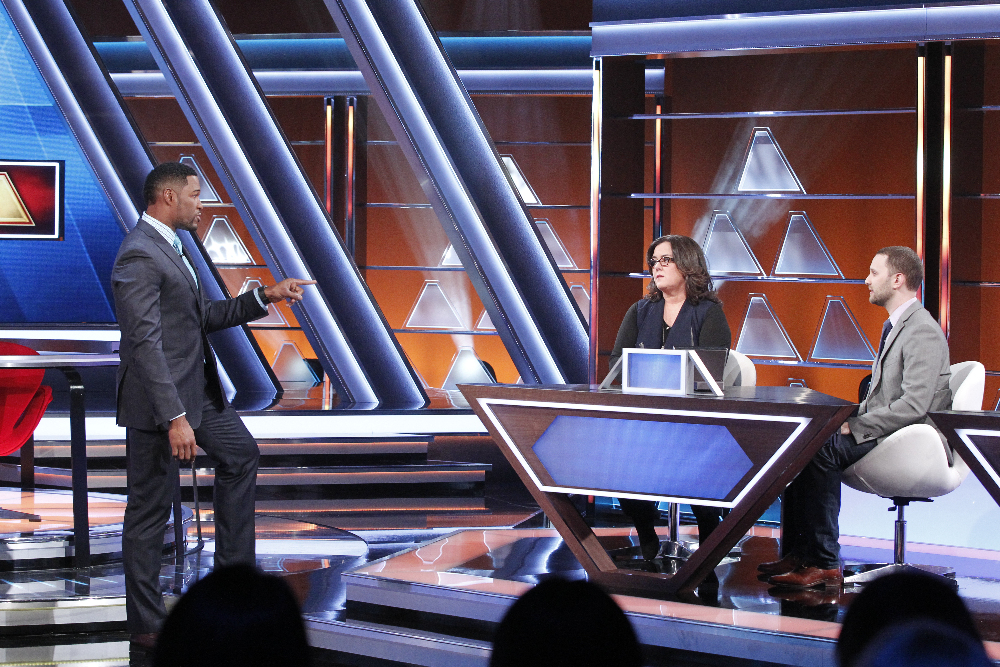
Pyramid is a game that succeeds or fails based on the overall performance of the celebrities they booked. Especially on Dick Clark’s $100,000 Pyramid, celebrities were carefully cast based on their game playing skill, since so much money was on the line. Now, for the most part, the producers have done the same thing. Players like Kathy Najimy and Rosie O’Donnell play the game expertly. There are some disappointing celebrities as well (In the premiere episode, Anthony Anderson makes up for his clue-giving inadequacy with volume and hi-jinx) but at no point does that detract from the package as a whole.
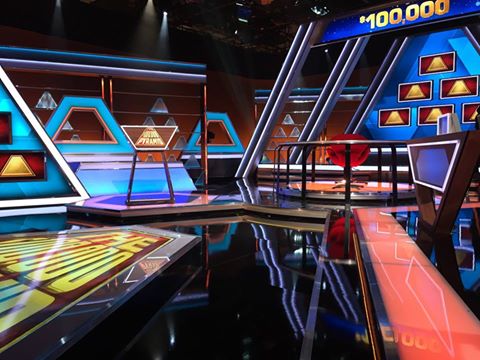
Overall, any flaws that I find in the show are minor, “game show obsessive-type” things that I find inelegant, like the tie-breaker being decided by the player who achieved their score faster during the main game. (Maybe cut out some banter and put a tiebreaker in there, gang) But that’s not going to stop me from claiming that the $100,000 Pyramid is one of the best revivals of a game show I’ve ever seen, one of the best game shows of the year, and one of the best new game shows of the past five years. Do not miss Pyramid.

